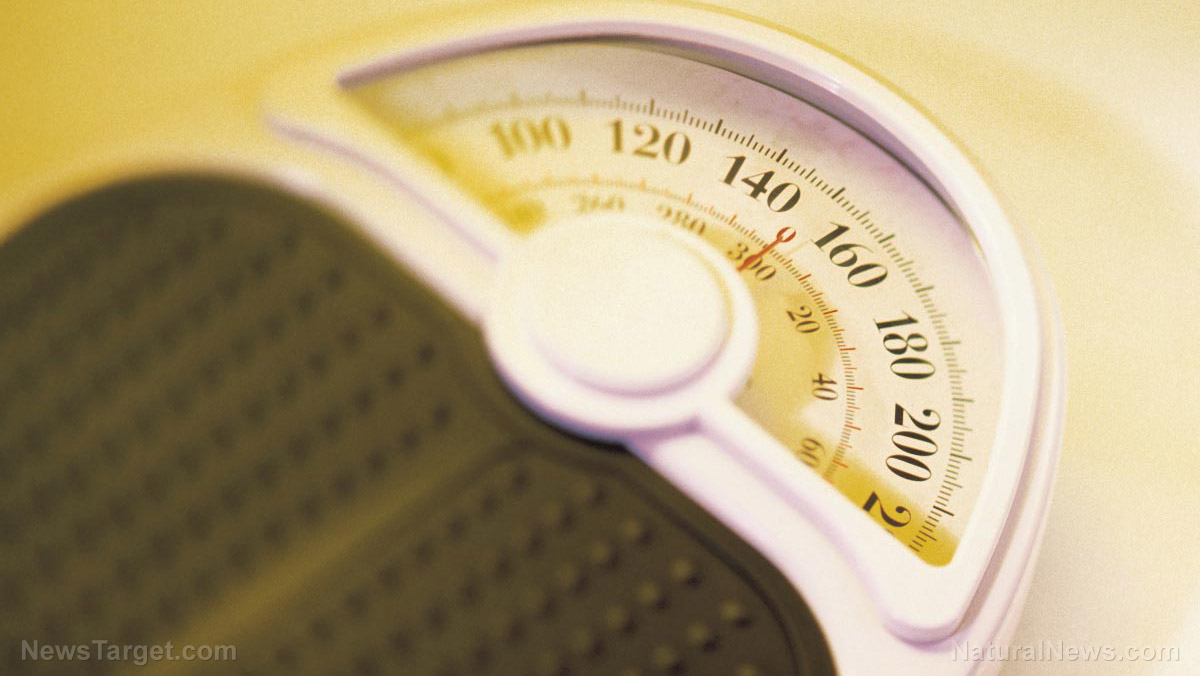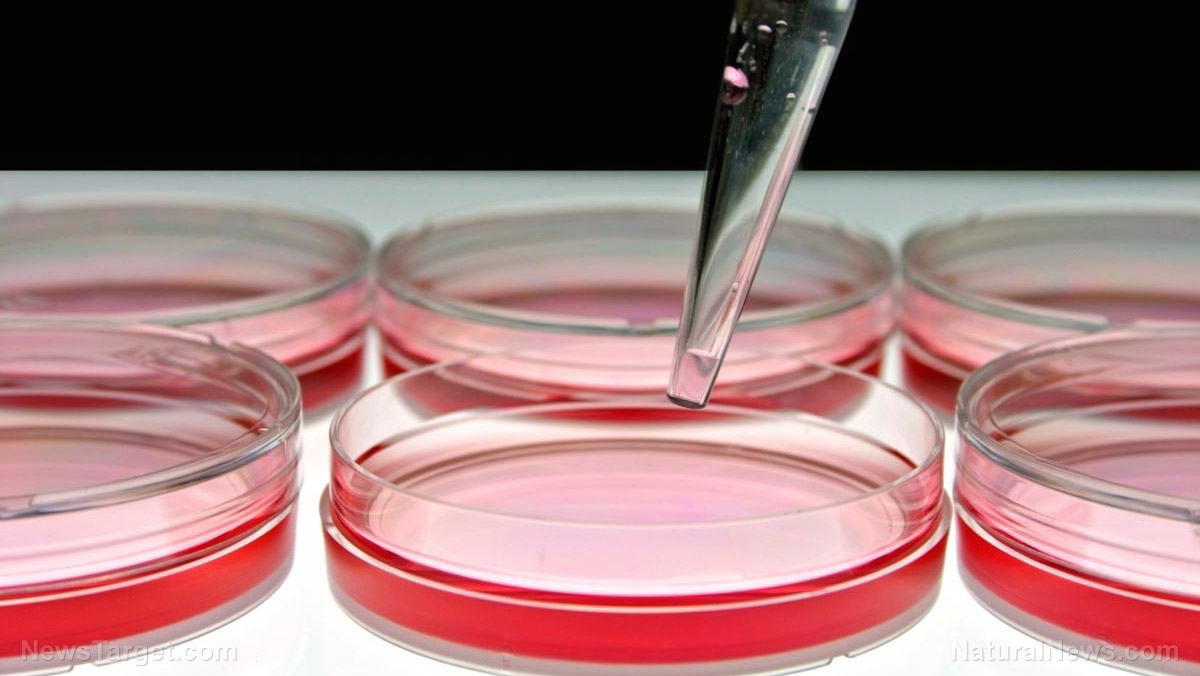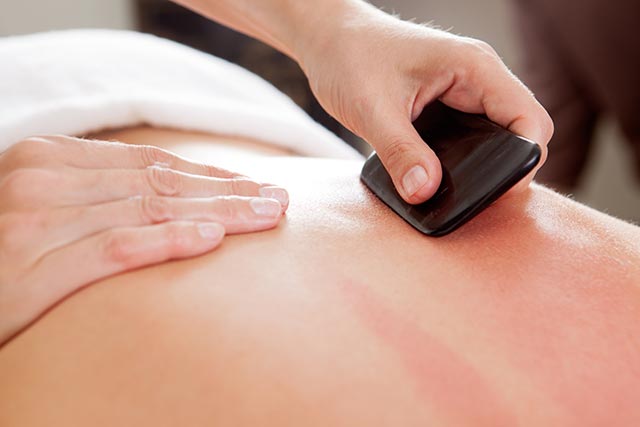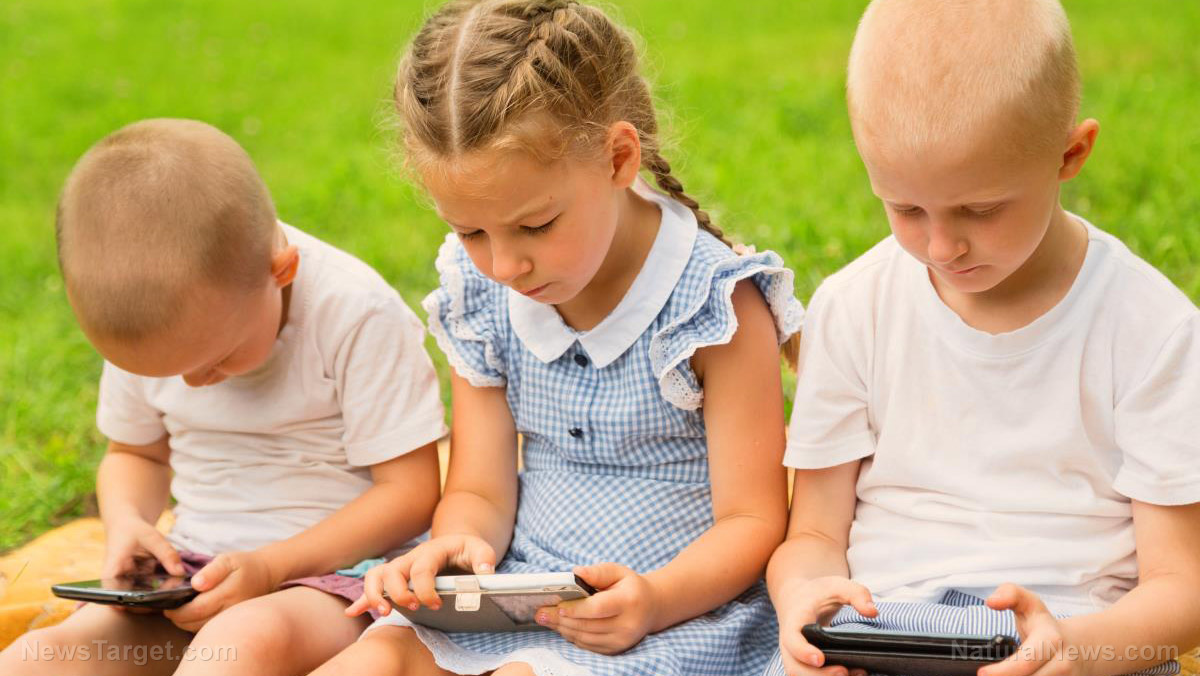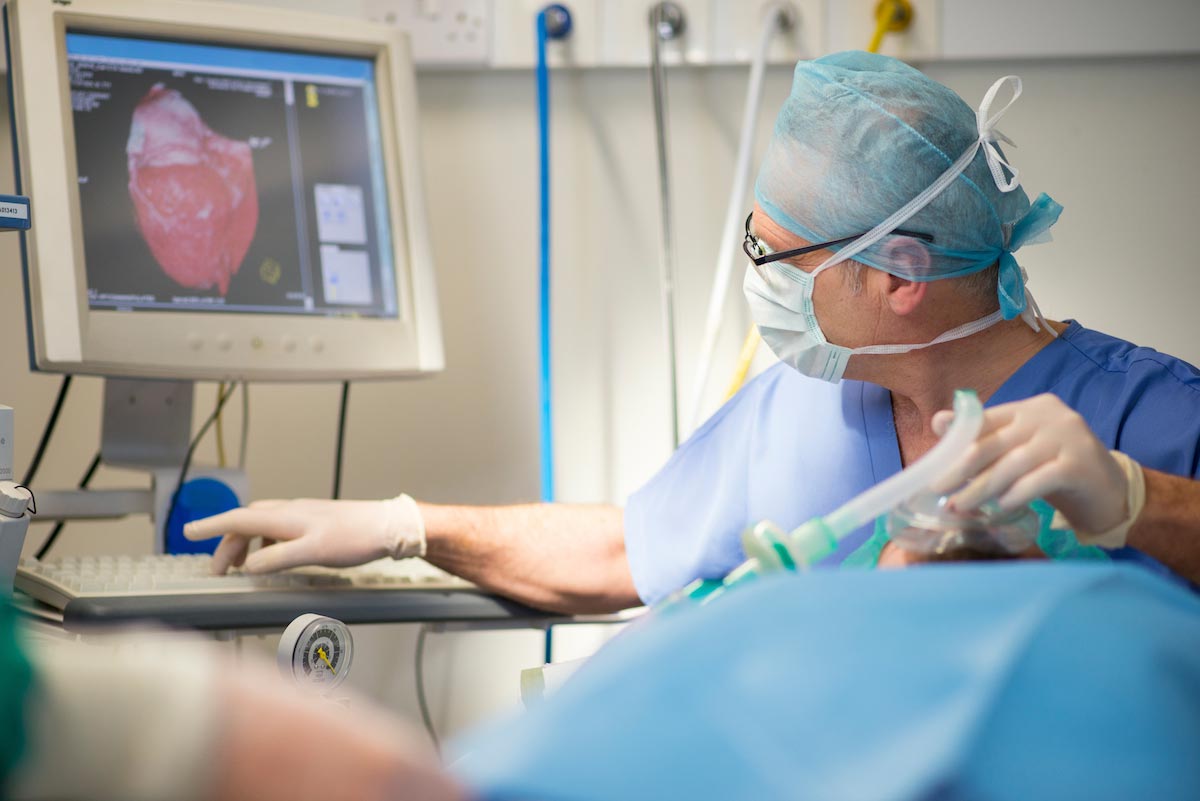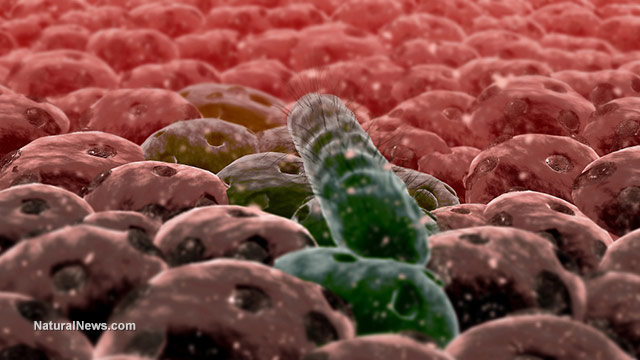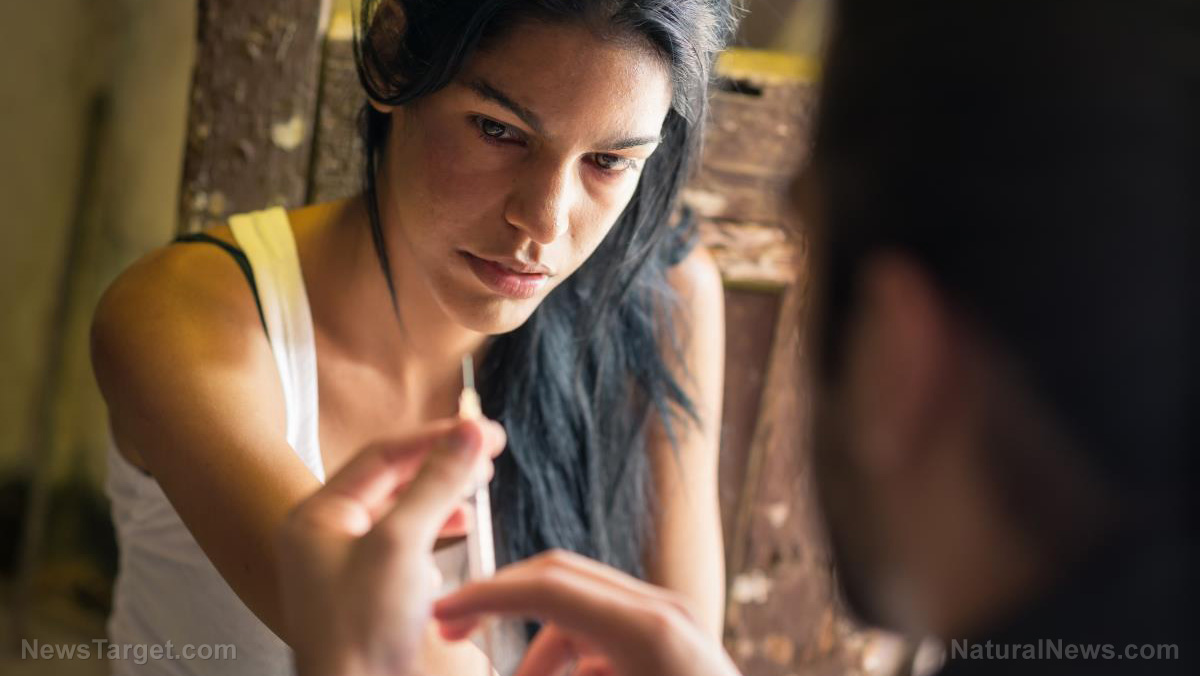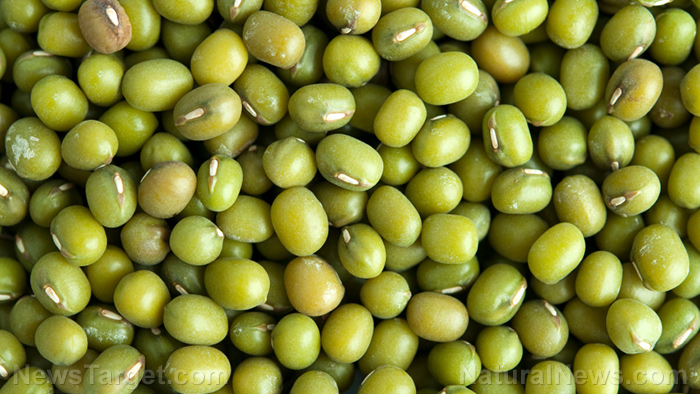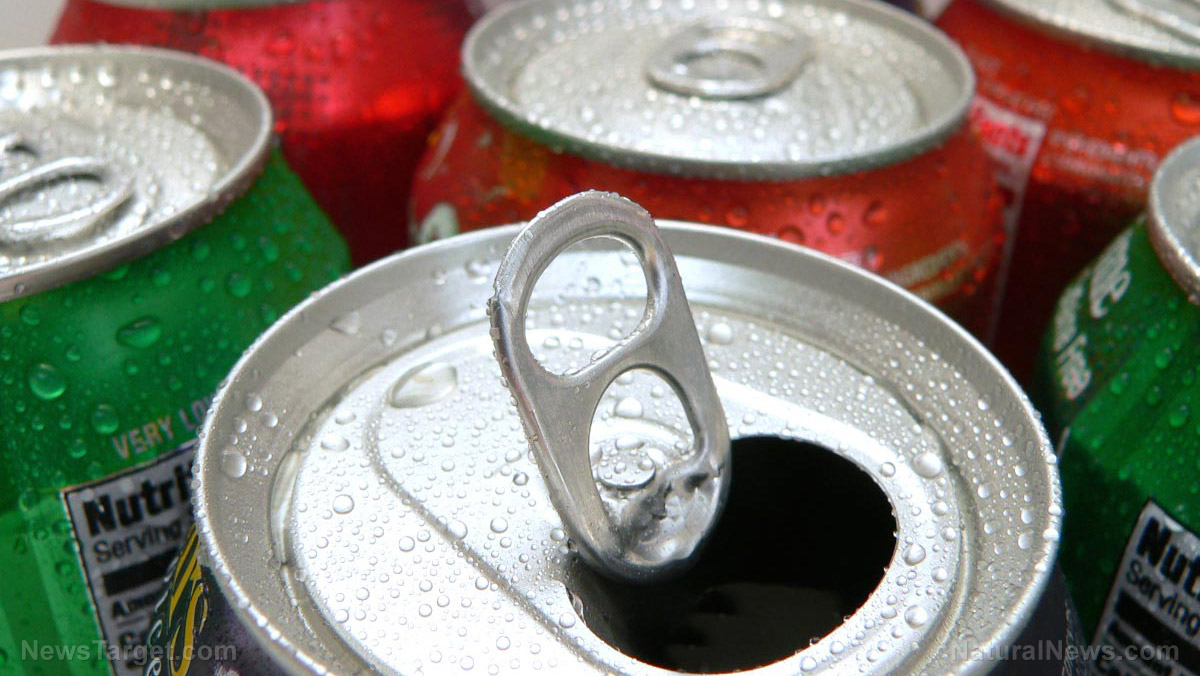Study investigates the anti-leukemia potential of Australian raspberry
02/28/2019 / By Ellaine Castillo

There is hope for patients with leukemia. A study by researchers from Hangzhou Red Cross Hospital and Zhejiang Chinese Medical University in China found a potential cure for this disease in Australian raspberry (Rubus parvifolius). Their findings, which were published in the Chinese Journal of Integrative Medicine, showed that total saponins from Australian raspberry have potent antitumor effects against leukemia cells in vivo.
Chronic myeloid leukemia is a cancer of the blood and bone marrow. Patients with this disease suffer from symptoms like anemia, tiredness, shortness of breath, unexplained bleeding or bruising, increased susceptibility to infections, and unintentional weight loss. To get relief from the symptoms, many patients undergo chemotherapy. Unfortunately, this doesn’t do anything to improve their condition. In fact, this form of therapy can even cause toxicity and other side effects that are very similar to the initial symptoms of leukemia.
Medical practitioners are now turning to natural products like plants to find novel anticancer compounds. To aid them in their search, they are considering herbs that have a long history of traditional use, especially in Chinese medicine. One of these is the Australian raspberry.
In traditional Chinese medicine, the Australian raspberry was used as a natural remedy for angina, hepatitis, and rheumatism. Previous studies have also shown that this plant can inhibit the proliferation of leukemia cells and induce their apoptosis. These effects were attributed to the total saponin content of Australian raspberry.
For this study, the researchers wanted to assess the in vivo effects of total saponins from Australian raspberry against leukemia. They did this by grafting human leukemia cells onto nude mice, which were then divided into the following groups:
- Group 1 — Control
- Group 2 — Treated with cytosine arabinoside (chemotherapy medication for leukemia)
- Group 3 — Treated with 20 mg per kg of total saponins from Australian raspberry
- Group 4 — Treated with 40 mg per kg of total saponins from Australian raspberry
- Group 5 — Treated with 100 mg per kg of total saponins from Australian raspberry
The team evaluated anti-leukemia potential based on tumor weight and growth rate, as well as apoptosis status. The results of the study showed that treatment with total saponins from Australian raspberry significantly reduced tumor weight and growth rate. Moreover, the cancer cells were induced to undergo apoptosis after receiving the Australian raspberry treatment.
Overall, these results suggest that Australian raspberry has potential use as a natural remedy against leukemia. This is based on the tumor-suppressing effects that its total saponin content exhibited in vivo. With further studies, this plant can become a safer and more effective alternative to chemotherapy. (Related: Chemotherapy causes widespread DNA damage in leukemia patients; multiplies future risk.)
Other herbal remedies for leukemia
There are many medicinal plants that have shown potent anti-leukemia properties. Some examples of these include:
- Korean red ginseng — A study from the Journal of Ethnopharmacology showed that Korean red ginseng can induce apoptosis in leukemia cells. It also inhibits telomerase activity in cancer cells. These two properties are helpful for managing and preventing the growth of cancer cells.
- Turmeric — Patients with leukemia often have a weak immune system since the bone marrow produces abnormal white blood cells. Taking turmeric helps boost immunity. It also reduces pain and inflammation associated with leukemia.
- Olive leaf — According to the University of Maryland Medical Center, taking 250 to 500 mg of olive leaf extracts up to three times a day offers anti-cancer effects. Additionally, this will boost your immune system so that you can fight off infection and other symptoms of leukemia.
If you’d like to read more news articles on natural remedies for cancer, visit Anticancer.news.
Sources include:
Tagged Under: alternative medicine, anticancer, antitumor, Australian raspberry, food cures, food is medicine, leukemia, natural cures, Rubus parvifolius

